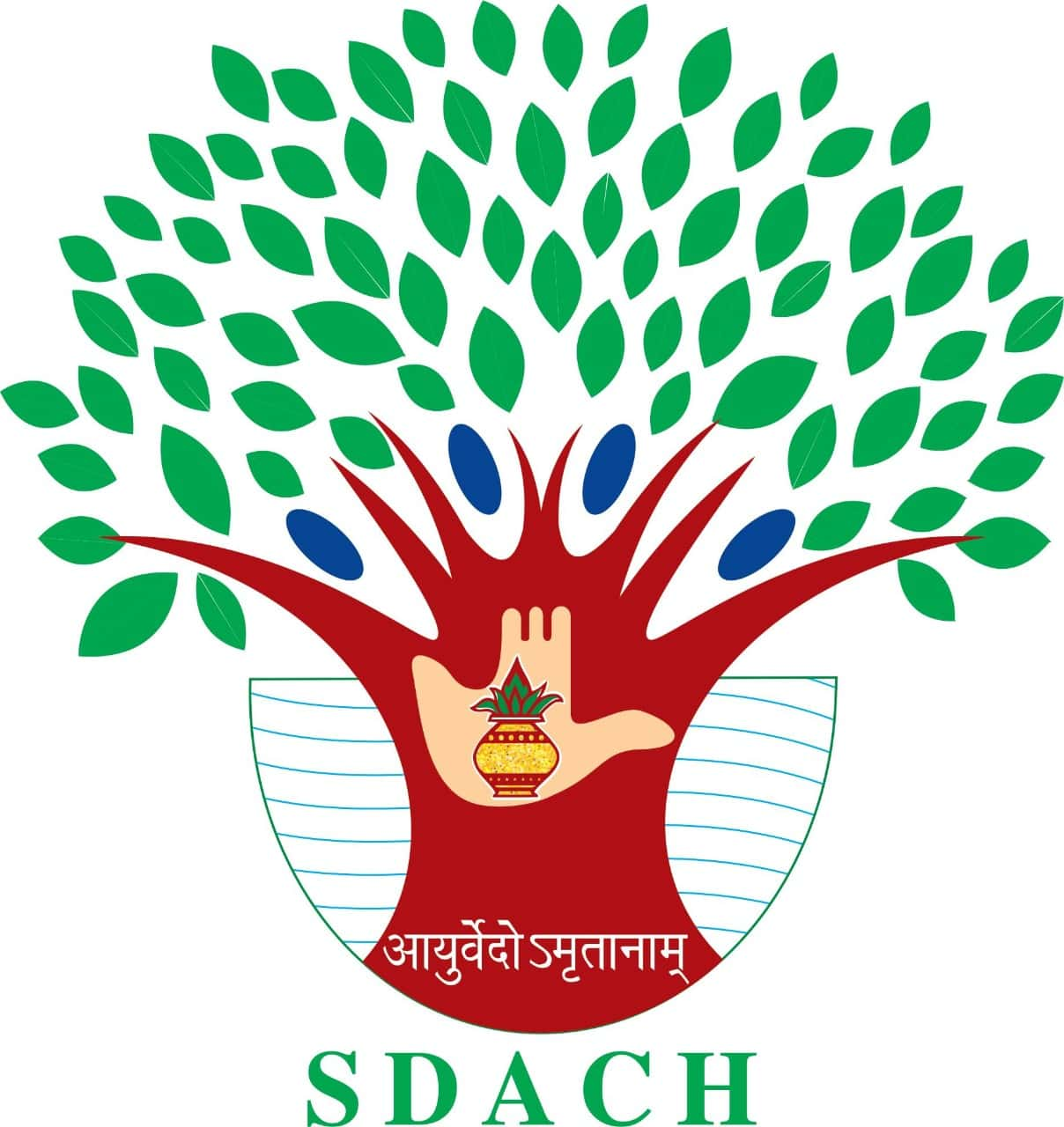Botanical Name : Sida rhombifolia L.
Family : Malvaceae
Introduction :
Its properties and usage similar to Sida cordifolia Linn.
Industry in Kerala used this plant as ‘bala’ very much.
Names in Different Indian Languages :
Hindi : Jangali Methi
Malayalam : kuruthotti
Sanskrit : Balla (variety )
Tamil : kuruthotti
Varieties & adulterants – (CV – controversy, AD – adulterants) :
Bala – CV
Morphology :
It is a hairy herb, frequently procumbent and sometimes rooting at nodes.
Leaves- simple, alternate, cordate-ovate, sparingly hispid.
Flowers- axillary, solitary, or borne in pairs or in small cymes, yellow.
Seeds- brown. (Flowers and fruits throughout the year)
Distribution & Habitat :
All over India





